“Prediction model” can help hospitals forecast which patients’ conditions are likely to worsen.
This article discusses the JH-CROWN registry.
A combination of demographic and clinical data gathered from seven weeks of COVID-19 patient care helped Johns Hopkins researchers build a “prediction model” they say can help hospitals care for COVID-19 patients — and make important decisions about planning and resource allocations.
Brian Garibaldi, associate professor of medicine at the Johns Hopkins University School of Medicine and director of the Johns Hopkins biocontainment unit, led a team that published an article in the September 2020 issue of Annals of Internal Medicine that shares important lessons learned in the care of COVID-19 patients between March 4 and April 24, 2020, at Johns Hopkins hospitals in Maryland and Washington, D.C.
During those 52 days, The Johns Hopkins Hospital, Johns Hopkins Bayview Medical Center, Howard County General Hospital, Suburban Hospital and Sibley Memorial Hospital admitted a combined 827 people age 18 or older who tested positive for the coronavirus and had symptoms of COVID-19.
From the data those patients generated, the researchers were able to develop a prediction model using a set of risk factors known to be associated with COVID-19 to forecast how likely a patient’s disease is to worsen while being treated in a hospital and at what point in their care that might happen.

Among the risk factors researchers considered as part of the model were a patient’s age, body mass index (BMI), lung health and chronic disease, as well as vital signs and the severity of a patient’s COVID-19 symptoms at the time of admission.
For example, Garibaldi and his colleagues estimate that a 60-year-old white woman with a BMI of 28, no chronic disease and no fever who is hospitalized for COVID-19 has a 10% chance of her disease worsening by day two of her hospital stay. The longer she’s in the hospital, the greater that chance becomes, at 15% after four days and 16% after a week.
The researchers considered an 81-year-old Black woman admitted to the hospital with COVID-19. The hypothetical patient has a BMI of 35, diabetes, hypertension and a fever. Her probability of progressing to severe disease or even death by just the second day of her hospital stay is 89%. That percentage increases to higher than 95% by days four and seven. The prediction model can be found here.
Among the highlights of the study was the rapidity with which the disease can progress from mild or moderate to severe, particularly if a patient had risk factors associated with the disease.
Forty-five of the patients in the study had severe COVID-19 when they were admitted to the hospital. But 120 patients developed severe disease or died within 12 hours of being admitted. Of the 302 patients in the study who developed severe disease or died, the median time of disease progression was a little more than a day.
“Rapid progression of disease following admission [to the hospital] provides a narrow window to intervene,” Garibaldi writes in the article.
By June 24, 694 of the patients in the study had been discharged from the hospital, 131 had died and seven were still hospitalized with severe COVID-19.
“We identified a few readily measurable demographic and clinical factors [see risk factors above] that, when assessed on admission to the hospital, can predict if someone has a 5% or a 90% risk of developing severe disease or dying from COVID-19,” says Amita Gupta, professor of medicine at the school of medicine, who directs the Center for Clinical Global Health Education and is a co-author of the study. “This is incredibly useful information to have when communicating with patients and their families, as well as for informing resource allocation in the hospital.”
Data related to COVID-19 care at Johns Hopkins makes up a registry known as “JH-CROWN.” The registry — which is funded by InHealth, the Johns Hopkins precision medicine initiative — offers demographics, diagnoses, procedures, social histories and other data points relevant to caring for COVID-19 patients. JH-CROWN is available to researchers at Johns Hopkins and around the world.
Scott Zeger, a leader of InHealth and a Johns Hopkins University Bloomberg School of Public Health biostatistics professor, is co-author of the study. He calls JH-CROWN “part of a transformation where data provides real-time analytics that help Johns Hopkins doctors, nurses and other health care professionals zero in on precision care for each patient.”
Garibaldi says JH-CROWN “embodies the same teamwork and dedication that went into the care of more than 3,000 COVID-19 patients admitted to Johns Hopkins hospitals since the start of the pandemic. As we prepare for potential surges, we hope it can teach us more about the nature of COVID-19 and improve both patient care and research.”
By Patrick Smith
Published in DOME Sept/Oct 2020


